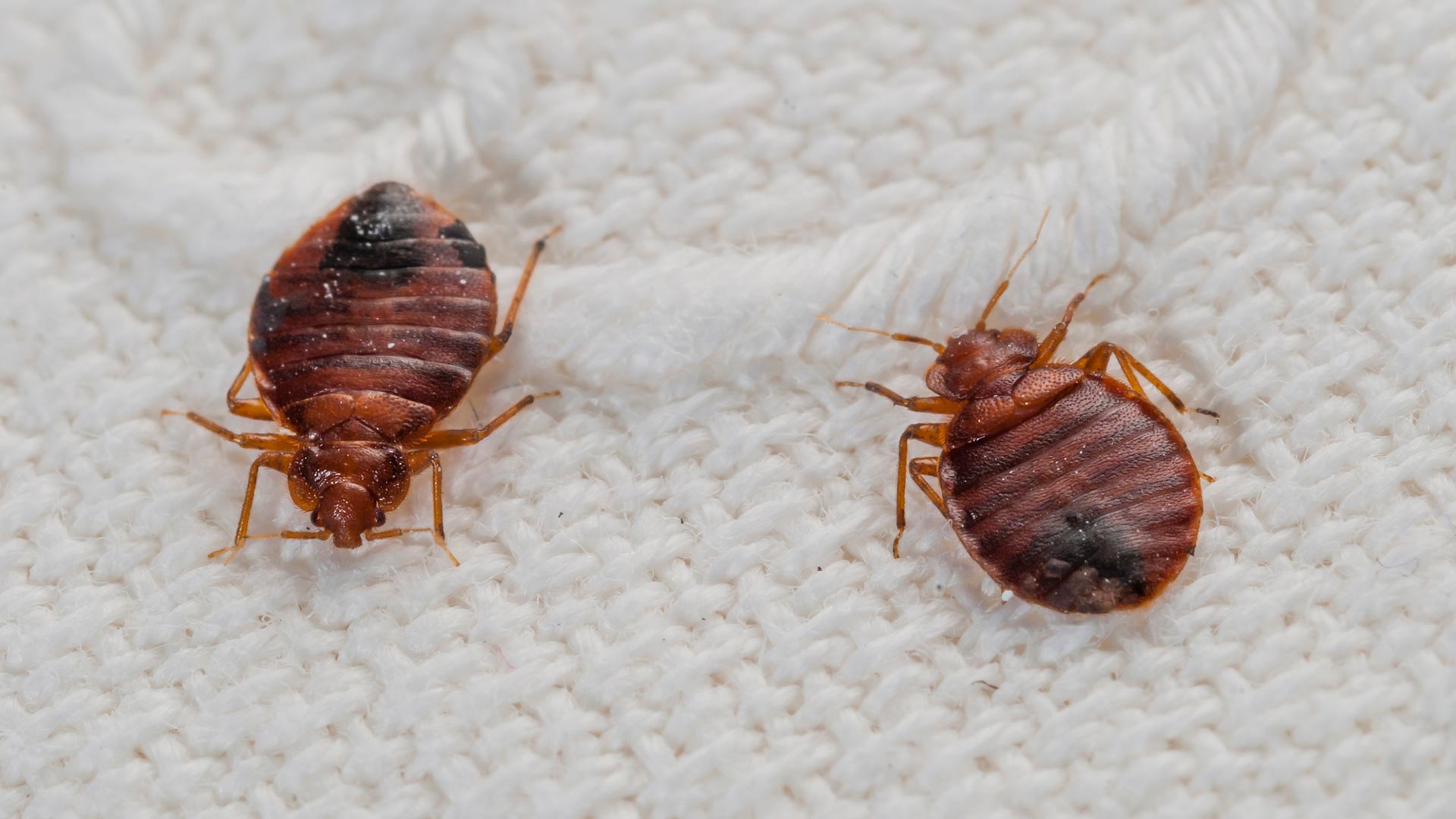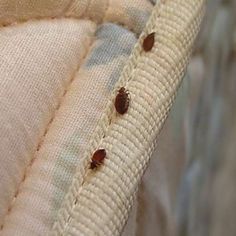Get Enlightened About the Kinds of Pest Control Approaches and Their Advantages for Homeowners
Understanding the various pest control approaches readily available to home owners is essential for reliable insect monitoring. From chemical and biological methods to cultural and mechanical practices, each method presents one-of-a-kind benefits that can considerably influence both health and wellness and environmental safety. Homeowners that are educated can make strategic choices that not only address parasite problems however also boost the general high quality of their living environment. As we discover these approaches better, it becomes clear that the decision-making procedure includes more than simply instant results; it touches on lasting sustainability and wellness. What factors should affect these vital decisions?
Chemical Pest Control Approaches
Chemical insect control approaches are an important element of integrated insect monitoring techniques for property owners seeking efficient solutions to pest problems. These techniques involve the application of chemical materials made to get rid of or discourage bugs that intimidate personal residential or commercial property, wellness, and comfort. Typical chemicals utilized consist of pesticides, herbicides, fungicides, and rodenticides, each tailored to target certain bugs.
The main benefit of chemical parasite control is its rapid effectiveness; numerous formulas supply prompt outcomes, reducing pest populaces substantially in a brief time. Additionally, advancements in chemical formulas have caused items that are a lot more eco-friendly and have lower toxicity degrees for non-target microorganisms when used appropriately.

Biological Insect Control Strategies
All-natural pest control techniques have acquired importance as property owners seek more secure and much more sustainable choices to standard chemical approaches. Biological bug control strategies utilize all-natural predators, parasites, or virus to handle pest populations successfully. This method is not only eco-friendly yet also minimizes the threat of damage to non-target types, consisting of advantageous pests and wildlife.
One of one of the most common biological control methods involves introducing natural killers right into the environment. Ladybugs can be made use of to regulate aphid populations, while nematodes target soil-dwelling insects like grubs. Additionally, parasitoids-- microorganisms that reside on or within a host-- can be used to control particular parasite species by laying eggs inside them, ultimately resulting in their demise.
Another technique is using biopesticides, which are acquired from all-natural materials such as plants, minerals, or germs (bed bug exterminator). These products can properly target parasites while posing very little danger to animals and people. In general, organic pest control strategies provide property owners with an efficient means of insect management that straightens with eco-friendly concepts, advertising a much healthier living atmosphere while reducing reliance on artificial chemicals
Mechanical Pest Control Approaches
Mechanical pest control approaches include a range of techniques that literally prevent or get rid of insects without the usage of chemicals. These techniques are specifically valuable for property owners looking for eco friendly alternatives while ensuring the security of their space.
One typical method is the use of barriers, such as catches, screens, and webs, which stop pests from entering homes or specific areas. For instance, setting up window displays can successfully maintain pests out, while making use of physical obstacles around yards can deter larger bugs like rabbits or deer. Additionally, mechanical catches designed for rats can record and remove these bugs without the demand for toxic compounds.
An additional effective strategy includes making use of vacuum cleaners and mops to get rid of bugs directly from surfaces. Normal cleansing and upkeep can dramatically minimize insect populaces by eliminating food sources and hiding places. Using tools like ultrasonic insect repellents can prevent various bugs through audio waves that are unpleasant to them yet inaudible to people.
Social Pest Control Practices
Social bug control techniques focus on modifying the environment and administration techniques to produce conditions that are less conducive to pest problems. These techniques are fundamental in preserving go to website a well balanced community and minimizing the reliance on chemical interventions. By modifying farming methods, property owners can successfully prevent bugs while advertising plant health.
One usual approach includes plant rotation, which interferes with the life cycles of insects by changing the kinds of plants grown in a particular location (bed bug exterminator). This not just decreases pest populaces but also enhances soil wellness. Furthermore, intercropping-- planting diverse plants in distance-- browse this site can puzzle insects and minimize their capability to locate their favored host plants
Water management is another crucial facet of cultural techniques. Proper irrigation strategies can stop standing water, which works as a breeding place for insects and other bugs. Furthermore, preserving cleanliness in and around the home, such as routinely getting rid of debris and food waste, can substantially minimize parasite tourist attraction.
Incorporating these social techniques into an extensive parasite administration approach enables home owners to create an environment that naturally prevents parasites, thus improving the performance of various other control methods while advertising sustainable gardening and landscaping.

Integrated Insect Management Approaches
Integrated Parasite Administration (IPM) represents a holistic approach that combines various strategies to successfully handle pest populaces while decreasing environmental impact. This technique incorporates biological, cultural, physical, and chemical techniques to accomplish lasting pest control. By evaluating pest populations and their natural enemies, IPM highlights tracking and recognizing bugs before carrying out control steps.
One of the core concepts of IPM is making use of thresholds, which establish the level of pest task that warrants treatment. This guarantees that treatments are used only when essential, decreasing the dependence on chemical pesticides. Biological control approaches, such as introducing all-natural predators or bloodsuckers, operate in combination with social methods like plant rotation and environment control to interfere with pest life cycles.
In addition, IPM encourages making use of least-toxic chemical options when intervention is essential, prioritizing items that present minimal danger to non-target organisms and the setting. For property owners, taking on IPM comes close to not only improves the efficiency of pest administration yet also advertises a much healthier living environment, promoting biodiversity and reducing chemical exposure. Inevitably, IPM empowers property owners to make educated choices that stabilize insect control with environmental duty.
Conclusion
Finally, recognizing the numerous parasite control approaches encourages house owners to make educated choices relating to pest administration. Each technique-- chemical, biological, mechanical, cultural, and integrated bug administration-- uses unique benefits that satisfy various demands and choices. By choosing suitable strategies, homeowners can effectively take care of bug populations while minimizing wellness threats and ecological impacts. This enlightened strategy adds to a healthier living setting, advertising overall well-being for pets content and family members alike.
Comprehending the numerous insect control approaches available to property owners is vital for effective parasite management.Chemical bug control methods are an essential element of incorporated pest administration strategies for house owners looking for effective options to pest infestations. In general, organic pest control methods give homeowners with an effective methods of pest administration that straightens with ecological principles, advertising a healthier living atmosphere while lowering dependence on synthetic chemicals.
Cultural bug control techniques concentrate on modifying the environment and administration strategies to develop problems that are less favorable to pest problems.In verdict, understanding the various insect control techniques equips house owners to make enlightened choices regarding pest management.